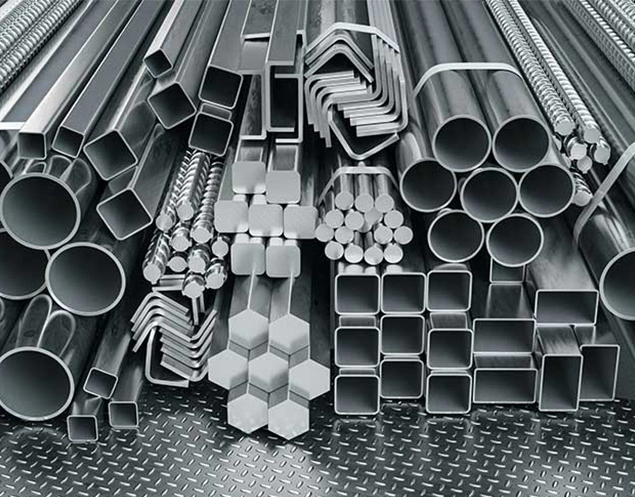
Aluminum and steel pipe fittings are widely used in various industries, each with its own set of advantages and drawbacks. While aluminum fittings are favored for their lightweight properties, corrosion resistance, and suitability for certain applications, steel fittings are known for their exceptional strength and durability.
This topic explores the key differences between aluminum and steel fittings, helping professionals and consumers make informed decisions when selecting fittings for specific projects. Factors such as material properties, cost, weight, and environmental considerations are examined to determine the most suitable choice.

Aluminum fittings may not be suitable for high-pressure or high-temperature applications because of the lower melting point of Aluminum. Under these circumstances, materials like stainless steel or brass may be preferred due to their higher strength properties.
Aluminum is naturally corrosion-resistant due to the formation of a protective oxide layer. However, the suitability of aluminum fittings in corrosive environments depends on the severity and type of corrosive substances present. In some cases, additional protective coatings may be recommended.